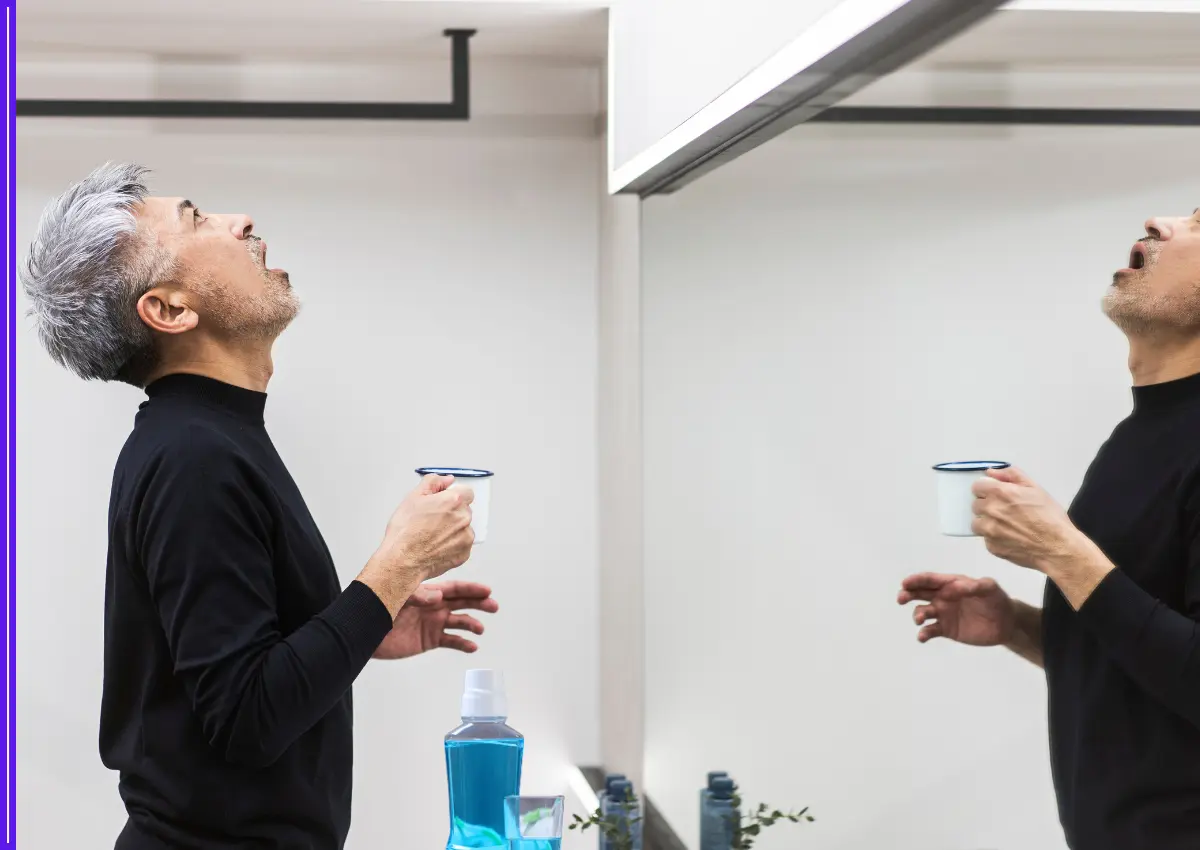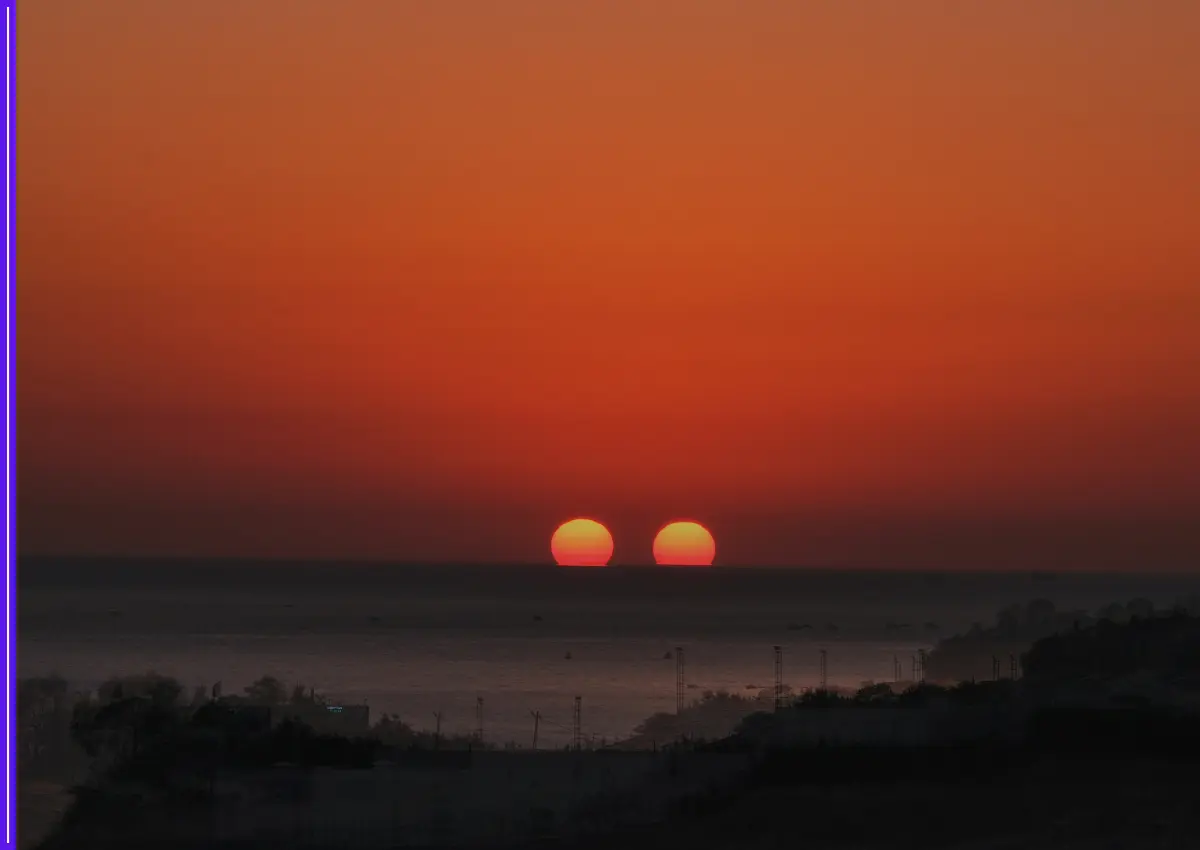In a discovery that’s turning heads across the scientific world, a 17-year-old American high school student Leo Michaels has identified over 1.5 million previously unknown space objects, using an artificial intelligence model he built at home.
The project, dramatically titled “I Mapped the Invisible,” was created by Leo Michaels, a senior at Brookside High School. While most teens spend their weekends gaming or scrolling social media, Leo was training neural networks on astronomical data — and rewriting what we thought we knew about the universe.

“There were patterns buried in the noise,” Leo said in an exclusive interview. “I thought maybe AI could help us see what our eyes couldn’t.”
An Algorithm That Outpaced the Experts
Leo’s model was trained on publicly available data from NASA, the European Space Agency, and the Sloan Digital Sky Survey. By applying advanced pattern-recognition and anomaly-detection techniques, the AI unearthed faint signals from space objects that had never been catalogued — including potential dwarf galaxies, rogue asteroids, and distant quasars.
Unlike the complex infrastructure of professional observatories, Leo’s setup included a basic desktop computer, open-source software, and cloud credits he won through a coding challenge.
From Science Project to Scientific Breakthrough
Initially launched as a science fair experiment, the project quickly gained traction after Leo posted his findings on an open astrophysics forum. Within days, researchers from multiple institutions reached out to validate the data — and they were stunned.
“This is the kind of discovery we expect from billion-dollar telescopes,” said Dr. Rachel Lin, a senior astronomer at the Space Science Institute. “The fact that it came from a teenager’s home-built AI is nothing short of extraordinary.”
The Universe Just Got More Crowded
Experts say the AI’s results could help refine our understanding of the early universe, map potential asteroid threats, and even shift current cosmological models.
NASA is reportedly reviewing the data and has invited Leo to present his work at its upcoming AI in Space symposium. Meanwhile, MIT and Caltech have both expressed interest in offering the teen early research opportunities.
A Teenager’s Telescope Made of Code
For Leo, the thrill isn’t about the attention — it’s about the mystery.
“Space is the biggest puzzle we’ve got,” he said. “If we can teach machines to help us solve it, even just a little, that changes everything.”
The full database of newly discovered objects is expected to be made publicly available later this year, along with an open-source version of the AI that made it possible — developed not in a lab, but in a teenager’s bedroom.









